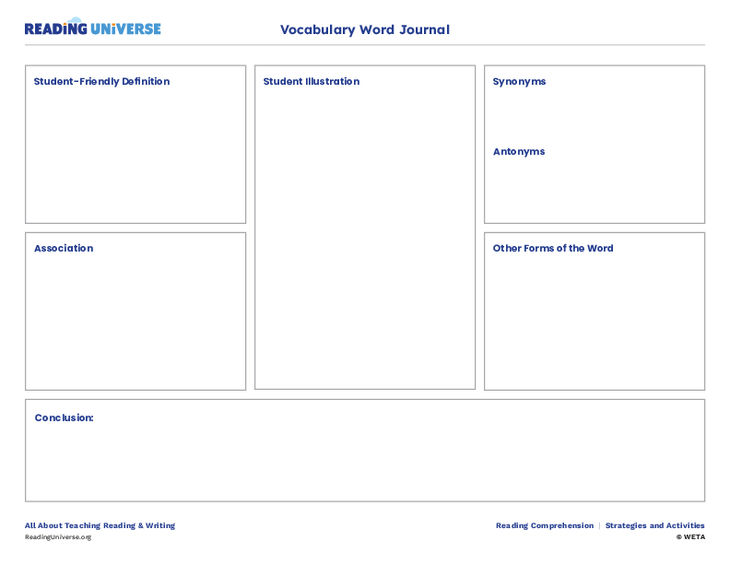
Vocabulary
What is vocabulary? The body of words whose meanings you understand, so you can comprehend and express ideas
New to teaching vocabulary? Start with our step-by-step building word knowledge skill explainer.
Looking for teaching materials? Explore our growing library of language comprehension resources.



